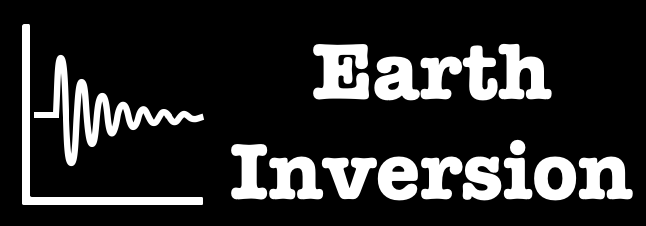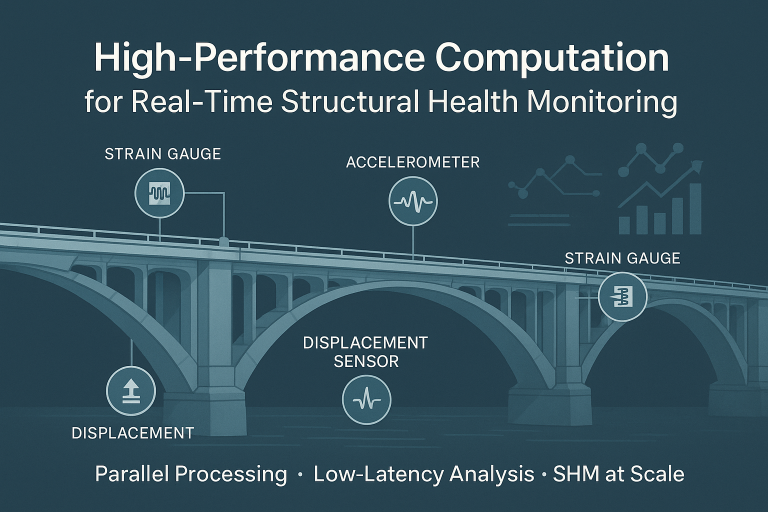Structural Health Monitoring (SHM) has been revolutionized by the advent of low-cost Microelectromechanical Systems (MEMS) sensors, enabling widespread implementation of damage identification strategies through cost-effective measurement and processing techniques. This emerging approach leverages wireless sensor networks and MEMS accelerometers to create scalable, distributed systems for monitoring critical infrastructure, potentially transforming how we assess and maintain the integrity of built environments.
Wireless Network Integration for SHM
Wireless sensor networks (WSNs) have emerged as a crucial component in modern Structural Health Monitoring (SHM) systems, offering enhanced flexibility and scalability compared to traditional wired solutions. These networks typically consist of distributed sensor nodes that collect and transmit data to centralized gateways for processing and analysis (Lynch & Loh, 2006; Li et al., 2020). The integration of various sensor types, including accelerometers and temperature sensors, allows for comprehensive monitoring of structural parameters.
WSNs in SHM applications often employ synchronized sampling techniques to enable accurate modal and vibrational analysis, with some systems achieving relative synchronization as precise as 500 μs (Duncan-Parnell, n.d.). Key challenges in WSN-based SHM include ensuring long-term power autonomy, with some sensors capable of operating for up to 8 years on a single battery, and maintaining data reliability in harsh environmental conditions, as evidenced by the IP67 waterproof ratings of certain sensors.
Smartphone-Based SHM Applications
Smartphone-based Structural Health Monitoring (SHM) applications have emerged as a promising approach for cost-effective and widespread infrastructure monitoring. These applications leverage the built-in sensors of smartphones, such as accelerometers, gyroscopes, and cameras, to collect structural response data (Morgenthal & Höpfner, 2012; Ozer & Feng, 2019). Smartphone-based SHM can be classified into three levels of mobility (LoM): fixed installations (LoM1), drive-by sensing (LoM2), and crowdsourcing (LoM3).
LoM1 applications involve attaching smartphones to structures to measure vibrations, while LoM2 utilizes vehicle-mounted smartphones for mobile sensing. LoM3 harnesses data from multiple users’ devices to create a distributed sensor network (Shang et al., 2022). Recent advancements include computer vision-based techniques using smartphone cameras for non-contact monitoring of displacements and deformations (Feng et al., 2015; Xu et al., 2018). These applications have shown promise in bridge monitoring, with studies demonstrating the feasibility of extracting modal parameters and detecting structural changes using smartphone data. The integration of machine learning algorithms with smartphone-based SHM is expected to further enhance damage detection capabilities and enable more intelligent monitoring systems in the future (Salehi & Burgueño, 2018).
Smartphone-Based Building SHM
Smartphone-based Structural Health Monitoring (SHM) of buildings has emerged as a promising approach to significantly increase the number of instrumented structures at low cost. By leveraging the ubiquitous presence of smartphones and their built-in sensors, particularly accelerometers, this method enables crowdsourced data collection for building frequency response during seismic events (Kong et al., 2018; Shang et al., 2022). The MyShake project demonstrates the feasibility of using citizen science smartphone data for SHM, focusing on extracting fundamental frequencies of buildings (Kong et al., 2018). In controlled experiments, smartphone measurements showed good agreement with high-quality MEMS accelerometers, validating their suitability for SHM applications. However, challenges remain, including accurate location and orientation determination of phones within buildings, and the need for sufficient excitation to overcome the higher noise floor of smartphone sensors. Despite these limitations, smartphone-based SHM offers unprecedented potential for large-scale monitoring, with the ability to instrument millions of buildings through simple app downloads, complementing existing SHM systems and improving earthquake risk assessment at city and national scales.
Recent Research on MyShake for SHM
A recent study titled “Toward Structural Health Monitoring with the MyShake Smartphone Network” by Sarina C. Patel and colleagues demonstrates the potential of using the MyShake app for large-scale structural health monitoring. Key points from this research include:
- MyShake, a free smartphone app initially designed for earthquake detection and early warning, has been downloaded over 2.7 million times globally as of August 2023.
- The app employs an auto-collection strategy that captures vibrational data without requiring user intervention, making it ideal for passive structural monitoring.
- The researchers conducted shake table tests and field experiments to validate MyShake’s capabilities for SHM applications.
- In field conditions, smartphones belonging to private users placed arbitrarily within buildings can spontaneously record accelerometer waveforms during seismic events.
- The study demonstrates that the uploaded waveform data can be used to extract a structure’s fundamental frequency, which is a key parameter in structural health assessment.
- This approach offers unprecedented potential for large-scale, near-real-time structural health monitoring at a fraction of the cost of traditional monitoring systems.
- The main advantages of using MyShake for SHM include its widespread availability, low cost (only requiring app development and server maintenance), and the ability to instrument millions of buildings through simple app downloads.
This research represents a significant step towards leveraging citizen science and ubiquitous smartphone technology for widespread structural health monitoring, potentially transforming how we assess and maintain the integrity of built environments on a global scale (Patel et al., 2023).
References
Duncan-Parnell. (n.d.). Wireless accelerometer SHM. Retrieved from https://www.duncan-parnell.com/wireless-accelerometer-shm
Feng, D., Feng, M. Q., Ozer, E., & Fukuda, Y. (2015). A vision-based sensor for noncontact structural displacement measurement. Sensors, 15(7), 16557-16575. https://doi.org/10.3390/s150716557
Kong, Q., Allen, R. M., Bunn, J., Kohler, M., & Heaton, T. (2018). Structural health monitoring of buildings using smartphone sensors. Seismological Research Letters, 89(2A), 594-602. https://doi.org/10.1785/0220170111
Li, J., Xie, X., & Yang, Y. (2020). A survey on smartphone-based structural health monitoring. Measurement, 158, 107724. https://doi.org/10.1016/j.measurement.2020.107724
Lynch, J. P., & Loh, K. J. (2006). A summary review of wireless sensors and sensor networks for structural health monitoring. Shock and Vibration Digest, 38(2), 91-128.
Morgenthal, G., & Höpfner, H. (2012). The application of smartphones to measuring transient structural displacements. Journal of Civil Structural Health Monitoring, 2, 149-161. https://doi.org/10.1007/s13349-012-0025-0
Ozer, E., & Feng, M. Q. (2019). Direction-sensitive smart monitoring of structures using heterogeneous smartphone sensor data and coordinate system transformation. Smart Materials and Structures, 28(8), 085023. https://doi.org/10.1088/1361-665X/ab2a26
Patel, S. C., Günay, S., Marcou, S., Gou, Y., Kumar, U., & Allen, R. M. (2023). Toward structural health monitoring with the MyShake smartphone network. Structural Health Monitoring, 20(4), 14759217211036880. https://doi.org/10.1177/14759217211036880
Salehi, H., & Burgueño, R. (2018). Emerging artificial intelligence methods in structural engineering. Engineering Structures, 171, 170-189. https://doi.org/10.1016/j.engstruct.2018.05.084
Shang, C., Teng, J., & Qu, W. (2022). Smartphone-based structural health monitoring: A review. Sensors, 22(21), 8483. https://doi.org/10.3390/s22218483
Xu, Y., Brownjohn, J. M. W., & Kong, D. (2018). A non-contact vision-based system for multipoint displacement monitoring in a cable-stayed footbridge. Structural Control and Health Monitoring, 25(5), e2155. https://doi.org/10.1002/stc.2155

